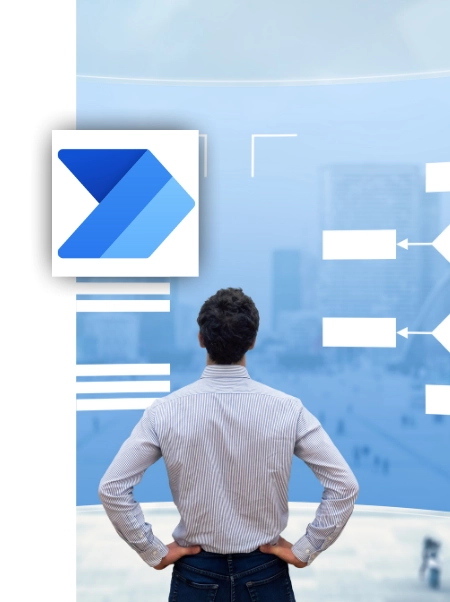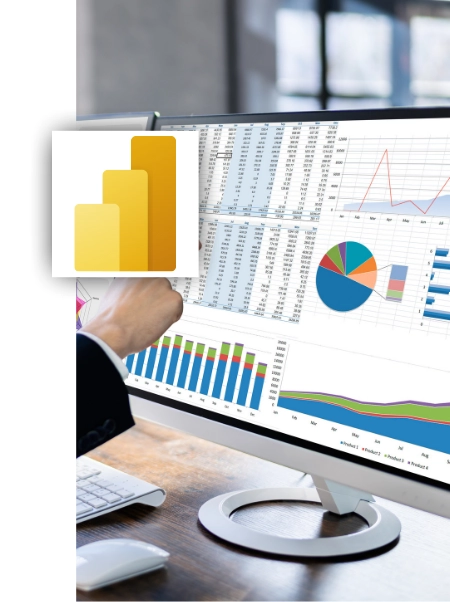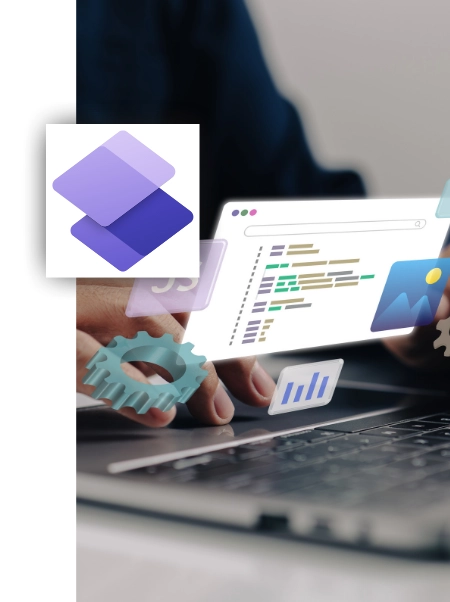The Microsoft Power Platform is a game-changing suite of low-code tools that enable organizations to achieve digital transformation by empowering teams, enhancing productivity, and unlocking actionable insights. Comprising Power Apps, Power Automate, Power BI, and Power Pages, this platform bridges the gap between data, technology, and users, allowing businesses to:
The Power Platform transforms business operations, reducing development time, cutting costs, and ensuring scalable solutions that grow with your organization.
Power Apps enables businesses to create tailored applications using a low-code/no-code approach. Whether you need a simple tool to automate repetitive tasks or a robust solution integrated with complex workflows, Power Apps provides the tools to:

In a world that demands speed and precision, Power Automate stands out as a versatile automation tool. It enables businesses to automate workflows, streamline processes, and achieve significant operational efficiencies. Key features include:

Microsoft Power BI is the leading business intelligence tool that turns raw data into actionable insights. Designed for both technical and non-technical users, Power BI offers:

Microsoft Power Pages allows organizations to design secure, data-driven websites that enhance customer experiences and streamline operations. Key features include:

Minimize development and operational costs using low-code tools and pre-built connectors.
Build solutions that grow with your business, powered by Azure’s robust infrastructure.
Foster cross-departmental collaboration with unified data and tools.
Quickly deploy solutions to address immediate business challenges.
Tailored apps, workflows, dashboards, and websites designed to meet your unique business requirements.
Seamlessly connect Power Platform with ERP, CRM, and third-party systems.
500+ successful implementations across diverse industries and geographies.
Our agile, affordable, and accountable approach ensures impactful results.
Are you ready to revolutionize your business processes, enhance productivity, and drive growth? Partner with Alletec to unlock the full potential of the Microsoft Power Platform.
Contact us today to schedule a consultation and discover how we can help your business thrive in the digital age.